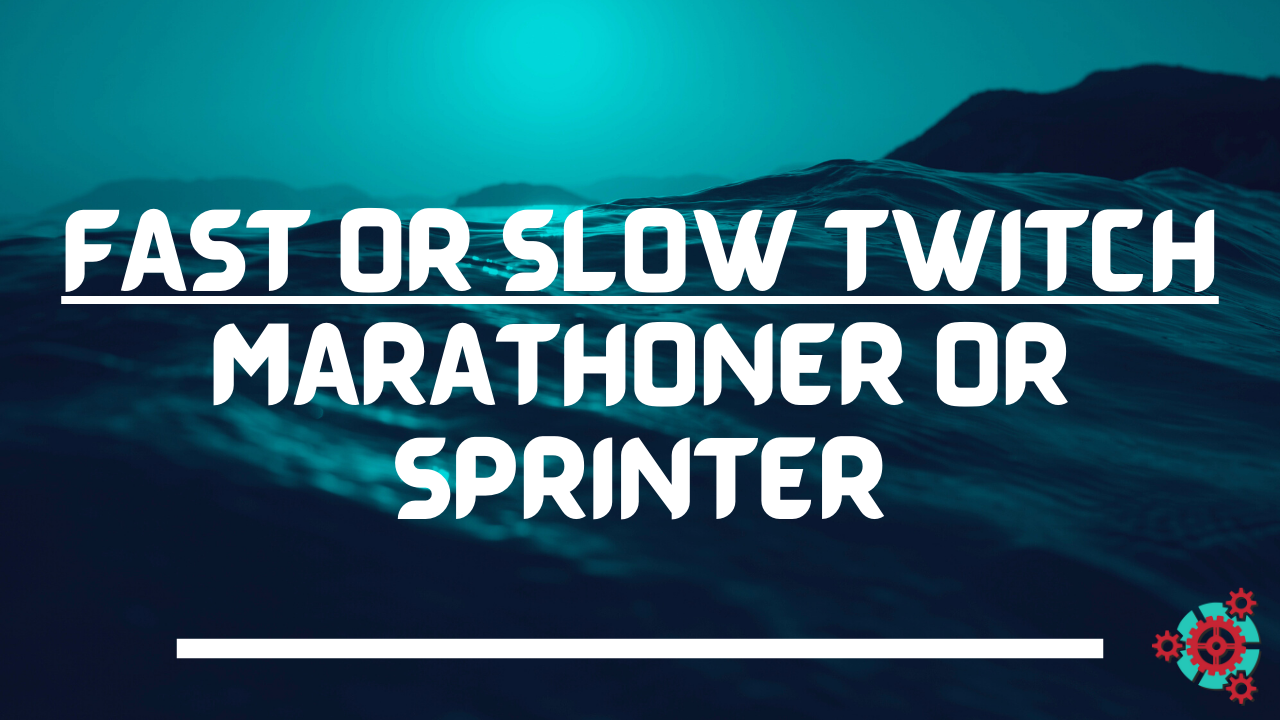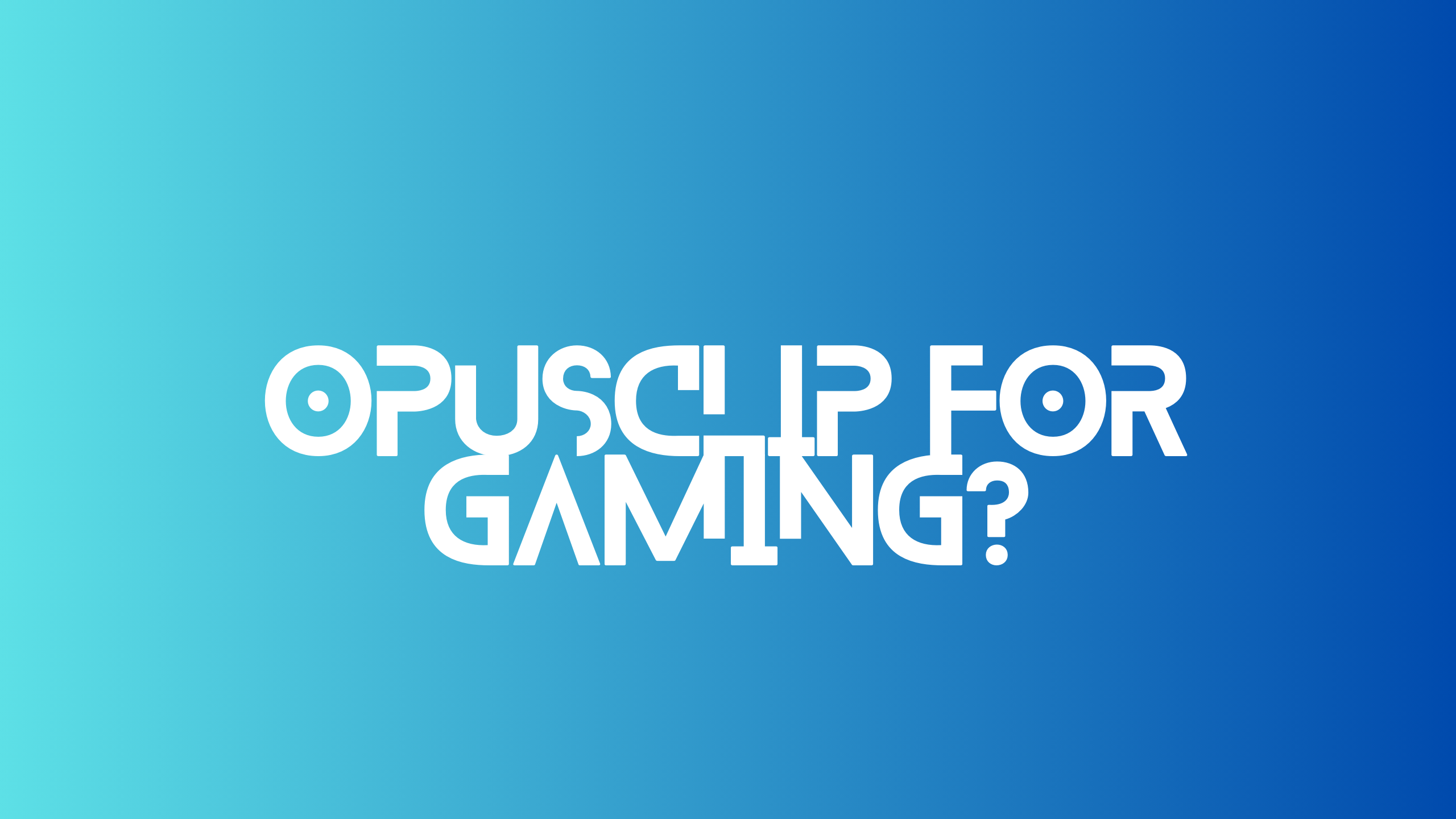Everyone moves differently, but did you know it often has a lot to do with genetics?
Regardless of what your body naturally prefers though however, there is a need for a balance of both. Let me tell you more of what I mean…
Why + Philosophy:
When you are swimming there are a couple things that you account for: the form and how well you’re doing, and then the mindset behind it. This is where your psychology and the physics come into play. How you think times the physical limitations, equals the outcome or result, and then you can understand or interpret that through the lens of the philosophy.
So when you use your muscles they are activating either the superficial top layer, or the lower deep muscle layer, or maybe both in some cases. However the lower layer is more of a slow twitch, activate over time, and the top layer is the more fast twitch rapid movement.
You naturally have a physical genetic preference, at least to my understanding, and for example my dna test told me I was more of a sprinter/fast twitch. Which after teaching for ages at a gym I can completely stand behind.
How + Physics:
The problem is that you need both! The endurance of the slow twitch, and the speed and cardio of the fast twitch. Do note! That there are actually two types of fast twitch muscles, but for the simplicity of today’s email I’m keeping simple down to fast and slow.
When your psychology gets in the way what often happens is that you’ll speed up to get done quicker. Meaning even if you were already going fast or slow before, the panic sets in, and then you change into the fast twitch muscles (or go from fast to faster). Leaving you in a worse state because you made your cardio increase even more.
Ironically, this is when I often tell students to stay calm, even through the panic notion of wanting to breathe. As if doing so you’ll have the mental grit to keep going with the muscles you were trying to train in particular.
You’ll need to focus on one type at first, while you learn the strokes, then in order to challenge yourself down the line. Either needing to speed up or slow down to do the opposite of your original state.
What + Psychology:
As I said before it is often the panic notion that kicks in, and makes you want to go into overdrive. As a teacher I try to wait as long as possible to teach a student how to breathe because that is counter intuitive to do when trying to learn to swim. Being able to breathe isn’t the point, for the point is to move in the water.
In doing so you’ll swim farther and farther, getting stronger muscle wise and lung capacity, and then I can also see whether or not you are fast twitch or slow twitch. Usually doesn’t take long to tell, and you can even do it yourself if you pay enough attention (or have some sort of physical history i.e. track).
Then you can decide from there how to push yourself to the next level. Either train your lung capacity over distance, or try to sprint and really push the muscles.
Conclusion
You’ve reached the end of this newsletter update, it took me a bit longer to release than some normal ones as there was more information I needed to add. However the point of these is to have quick updates, and bursts of knowledge to impart onto you. That way you can go and try them out at your own pool.
Learning over time, and trying to do it in the most efficient way possible. Feel free to leave a comment or reach out via the email reply!
Disclaimer:
This is advice for people to level up their swimming, or perhaps get started in the first place. While you swim you should make sure you are doing so in a public facility with a lifeguard on duty for safety.
![Official Website for Dustin Miller PolyInnovator [LLC]](https://polyinnovator.space/content/images/2025/03/polyinnovator-logo-2024.png)











